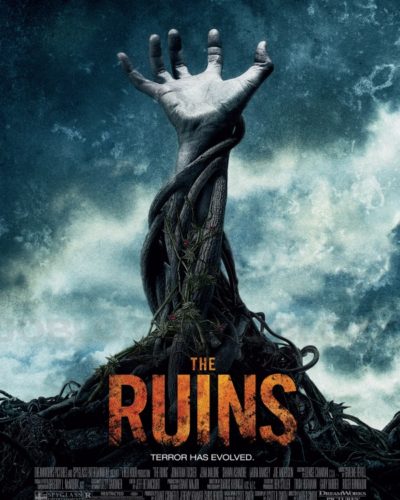The Labyrinth Below: Unraveling “Catacombes”
“As above, so below.” This phrase encapsulates the dizzying descent into the Paris catacombs depicted in the 2014 horror film “Catacombes,” known as “As Above, So Below” in English-speaking countries. Directed by John Erick Dowdle, this found-footage thriller invites viewers into the claustrophobic veins of history buried beneath one of the world’s most vibrant cities. The premise follows a team of explorers led by a young alchemist scholar, Scarlett Marlowe, as she seeks the mythical Philosopher’s Stone. Her journey turns into an infernal adventure as the catacombs reveal more than mere bones and dust.
Whispers in the Dark: Mood and Tension
The crux of any good horror film lies in its ability to create a compelling atmosphere, and “Catacombes” thrives on the psychological claustrophobia and historical eeriness of its setting. The film’s dimly lit corridors and the suffocating narrowness are visceral, with every turn becoming an oppressive reminder of the entombment that awaits. Director Dowdle expertly raises the ante from uneasy anticipation to palpable dread through a steady drip-feed of lore and legend, punctuating the quiet with moments of terror that are as much psychological as they are visceral.
Cinematic Shadows: Cinematography and Visuals
Even within the found-footage format, “Catacombes” manages to inject a visual style that bolsters the film’s eerie milieu. Camera work is frenetic when needed, conveying panic and disorientation, yet deliberate enough to frame the suffocating architecture of the catacombs. The strategic use of lighting—or often, the lack thereof—along with a gray and stone-like color palette, make the visuals themselves a source of creeping horror. Brief glimpses of the macabre and the supernatural are woven in with a subtlety that heightens rather than oversells the fear.
Echoes of Terror: Sound and Performance
The film’s sound design is an unsung hero in its haunting presentation. Whispers, crumbling stone, and the characters’ breathless gasps fill the haunting silence with oppressive weight. Each echo shapes an acoustic map of the unseen, while the minimalist soundtrack becomes another character, underscoring the dread. As for the performances, they edge on naturalism that makes the characters’ descent into hell all the more relatable. Lead actress Perdita Weeks’ portrayal of Scarlett is a standout, embedding conviction and obsession into her ambitious academic’s role, making her both a guiding force and an unwitting harbinger of doom to her team.
The Depths of Horror: Tropes and Thematics
“Catacombes” tethers itself to the exploration of alchemical and supernatural horror, aligning with psychological thriller conventions while dabbling in the found-footage dynamic reminiscent of “The Blair Witch Project.” It successfully evokes fear through the uncertainty and inevitability of confronting one’s inner demons made manifest in the catacombs’ labyrinthine embrace.
The film’s horror mechanics are deftly applied, mostly eschewing gore for tension and psychological unease. Jump scares are minimal but effective, playing second fiddle to the disorientation and unfolding madness. Underneath its thrilling facade, themes of guilt, redemption, and obsession mirror the characters’ physical descent with a metaphorical plunge into the depths of their own psyches—a potent cocktail that adds layered depth to this subterranean terror trek.
Final Verdict: A Chilling Journey for the Bold
In its essence, “Catacombes” is a horror that resonates with those who seek thrills that play tricks on the mind and squeeze the psyche. It may not redefine the genre or stand as a trailblazing piece of cinema, but it solidifies its station as a harrowing and immersive experience for horror fans and those who relish the feeling of their skin crawling. Perhaps less suited for the gorehound crowd or those prone to claustrophobia, it’s nonetheless a film that knows its audience: those who delight in myth, history, and the darker corners of the human condition.
With a nod to the classics and the boldness of contemporary horror innovation, “Catacombes” can be seen bridging divides, making it an admirable, if not completely transformative, film. It balances the sincerity of earnest adventure with the sinister chill of creeping dread—a duality symbolized by its title and echoed in its delivery. As a word of caution, the film delves into intense claustrophobic situations and features scenes that could be considered distressing.
So for those willing to explore the unknown, “Catacombes” offers an intricate and frightful journey. It is neither the deepest nor the darkest of horror’s offerings, but it is a journey that may lead you to ponder the terrains of your own inner depths long after the credits roll.




